Sign up for our newsletter to receive updates about new articles, great deals, and information about the activities you love and the gear that makes them possible:
Have You Read Our Other Content?
10 Tips and Tricks for Nightime Canoe Travel
The vast majority of BWCA visitors paddle and hike during daylight hours and for good reason. It’s safer, there’s more to see, and daylight travel aligns with normal sleep cycles. Night travel, on the other hand, provides a higher risk of getting lost while paddling; it’s also easier to fall and get hurt while portaging.…
5 Guide Tricks for Finding Great BWCAW (or Quetico) Campsites
Finding a great campsite can be one of the great joys of a canoe trip. Waking up in a stand of majestic pines, enjoying a cool breeze rolling off the lake on a midsummer afternoon, and cooking over a campfire without worrying about bugs can make a campsite that much more memorable. Occasionally, these sites…
Map Mondays – Week 3 – Crab Lake/Cummings Lake to Big Lake
As part of our continuing series on the “route planning game,” we are creating routes using randomly selected entry points, exit points, and number of days to create unique and fun BWCA routes. This week is an arduous 6 night trip through the far western reaches of the BWCA. This area of the BWCA can…
Paddling The Margins
Buy Tickets After five years of planning, preparation and training, Jack sets out on his most ambitious kayaking project yet. Paddling The Margins follows the journey to paddle unsupported over 2,000 kilometers along some of Canada’s most beautifully remote coastline, the Pacific Northwest. Director and Producer: Jack River Hampton
How to Hike the BWCA this Fall
For those of us whose Boundary Waters trips don’t end with canoe season, Fall can be a challenging time to decide what activities to pursue. As the ice begins to line the outer edges of the lakes and canoeing becomes tougher, it’s just the perfect time of the year to hit the trails and backpack…
Map Mondays – Week 6 – Duncan to Duncan
As part of our continuing series on the “route planning game,” we are creating routes using randomly selected entry points, exit points, and number of days to create unique and fun BWCA routes. This week is a nice sightseeing and exploring kind of route entering at Duncan Lake east of the Gunflint Trail. Total Mileage:…
The Lost BWCA Entry Points
The Boundary Waters have always been steeped in discussions of how to manage the number of people who visit it. Unlike western wildernesses, there is no natural filter which prevents large numbers of visitors from enjoying it. Many wilderness areas are remote, buffered by dozens of miles of existing land that one must travel through…
Five Ways to Make the Most of BWCA Permit Day
With BWCA permit day just around the corner, plenty of people are waiting in eager anticipation of how opening day will set the trajectory of their summer trips. Some people will log on the moment that permits open to try to reserve a premium entry point on the dates that they are available to go.…
10 Lost Routes in the BWCA
Warm weather in February is a dangerous thing. If it’s too warm, the mind starts wandering ahead to summer canoe adventures. Warm weather only intensifies the time spent pouring over maps both in remembering treasured trips past and scheming the ones to come. And for me, one of the things I’m looking for on the…
A Wilderness of the People – The 2023 Boundary Waters Canoe Area Wilderness Situational Assessment
The June 28th USFS newsletter contained the results of a six-month-long survey with confidential feedback from 100 individuals representing a wide scope of BWCAW users, affiliated businesses, nonprofits, and managing agencies. Their survey delved deep into the complexities of managing America’s busiest, and often one of the most complicated and controversial, wilderness areas. The results…
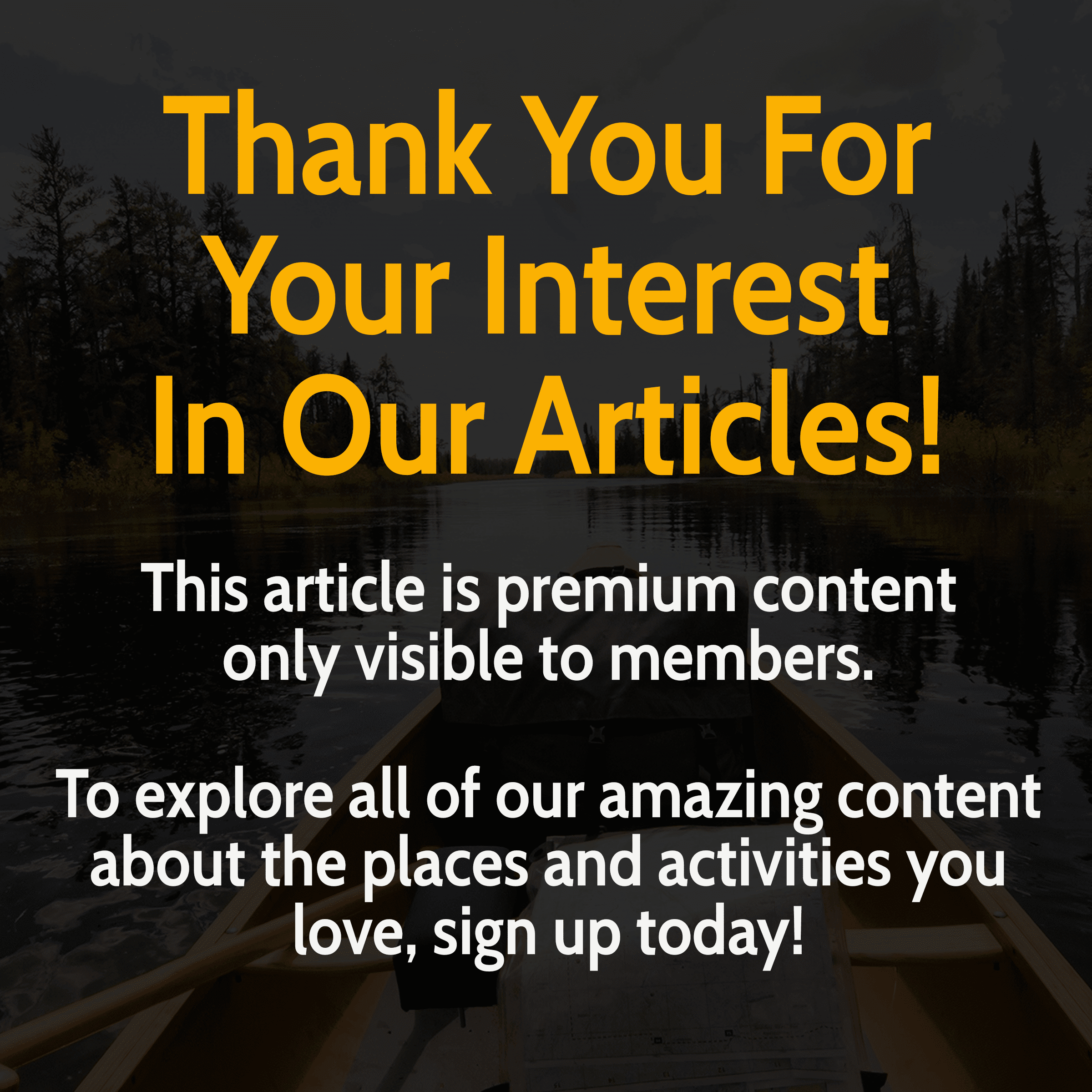


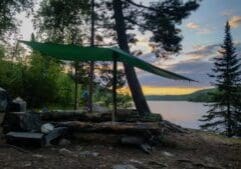

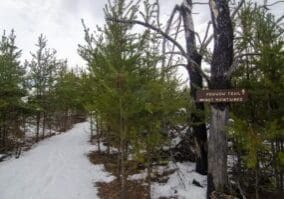
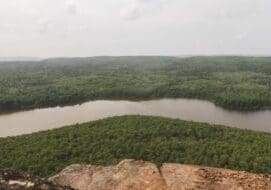

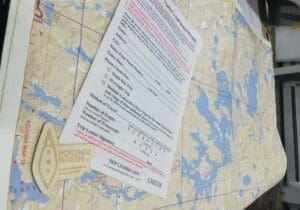
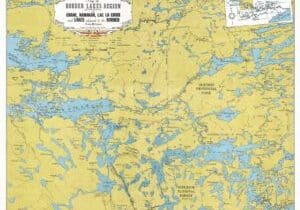
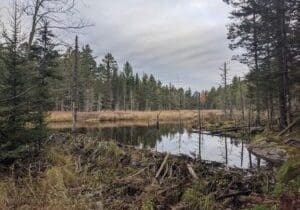

Thank you for the summary of the report – interesting! You noted “Overnight hikers, for instance, make up about 1% of permits in a given year.” I’ve wondered if there would be value in more promotion of the BWCAW trails and even adding a few long trails (which would require allocating more money). It seems to me hiking allows more people (I’m thinking dozens not thousands) to enjoy the wilderness without interfering with canoeists. Hikers tend to be minimalists so really all they need is a trail that occasionally goes past a water source and some sort of camping space even far away from a lake. The existing BRT and KEK are good examples. There are plenty of permits available but the trails are under utilized. Maybe it’s just too hot during the summer for long hikes.
I considered hiking the Kekekabic Trail, but the part I was on was overgrown. The trail is maintained and marked. But the lack of hiking traffic allows the underbrush to grown knee high. It makes it difficult to see where your next step will land. And I don’t think it’s reasonable to expect the Forrest Service to trim the trail. I don’t know if the abundance of undergrowth is why people do not hike it. I did not camp on the trail. I was on an overhight paddle on Dissapointment Lake.
Hello Tom. Thank you for your insightful feedback. Hiking in the BWCA has always been a bit of a niche, and I have never really understood why. There are some really amazing trails like the BRT and the Kek (which you mentioned.) Others like the Sioux Hustler, Pow Wow, Herriman, and Angleworm are amazing also. There are also a bunch of small trails which see less support and are very underutilized. Part of the problem is, as you also inferred, summers are tough for hiking. The forests of the BWCA are dense and the bugs can be on another level. Part of it I think is the draw of the area. It is known for its canoeing; that’s what it is managed for and that’s what draws people. In the past, the USFS has been hesitant to allow new trails to open and has, at times, been hesitant to allow for existing trails to continue to be maintained (see the 1993 report article for an example.) In 1993, there was serious consideration in closing the Sioux Hustler. The Kekekabic was at one time abandoned before volunteers made it what it is today. The Pow Wow lost its eastern half and nearly lost its western half after Pagami Creek until volunteers did the nearly-unimaginable and cut thousands upon thousands of trees off of it. In other instances, the forest service has not allowed volunteer crews to reopen trails such as the old Stuart River trail which ran to Lac La Croix. So, with that, the volunteer organizations which cooperate with the forest service are world class. They make the hiking trails possible; these trails wouldn’t exist without them. That said, though hiking numbers have grown some over the years, it’s still small and likely will continue to be so. It’s just not what the BWCA is known for and nearby trails like the SHT and the state parks take higher traffic. In any case, for those in the know, the hiking trails in the BWCA are special and do provide a unique perspective on a place most people encounter from inside a canoe. For what it’s worth, I feel the BRT is the best hiking trail in the state, but it’s also wild, rugged, and challenging. With limited signage and limited trail marking, wilderness trails are not for everyone, but it’s also what makes them truly special!
[…] Explore The BWCAW Permit and Visitor Use Report […]